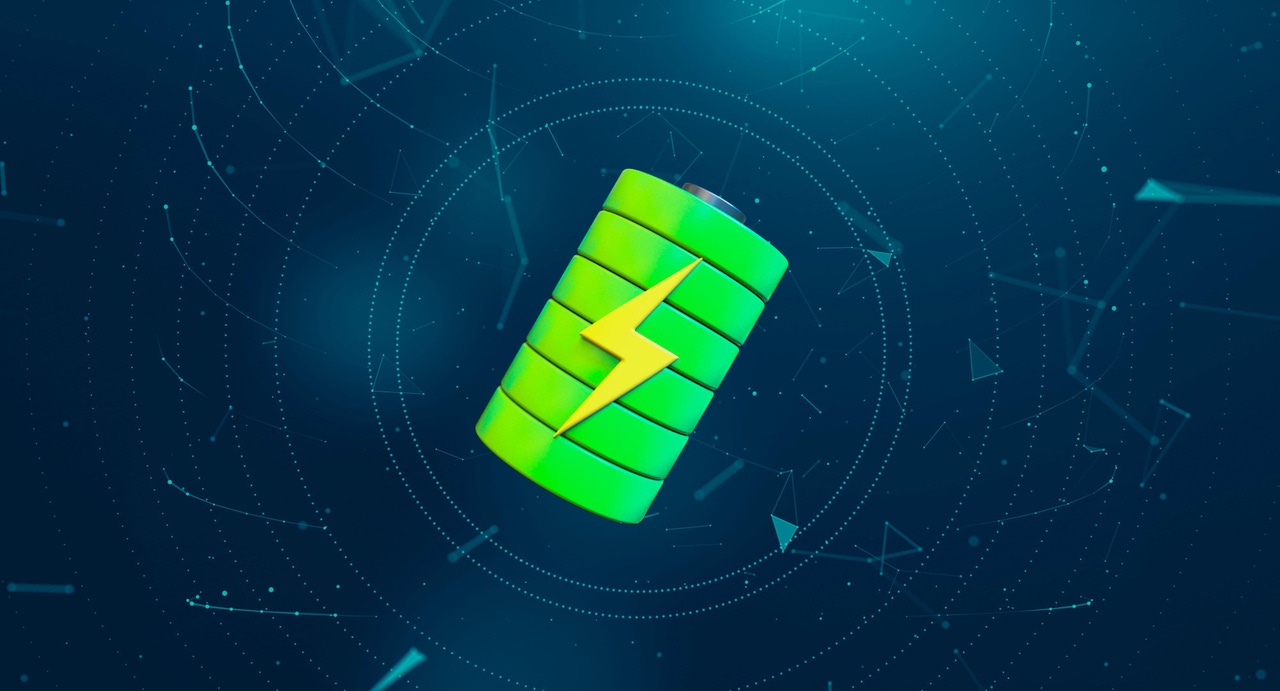
Insight and analysis on the data center space from industry thought leaders.
Bridging the Gap: Retrofitting Data Centers for the AI Era
Strategies for retrofitting smaller-scale data centers can include the addition of new technologies like nickel-zinc batteries for backup power.
March 1, 2024

Every modern data center, whether in the hands of the hyperscalers or the enterprise, will have to reimagine the way power is managed and backed up as part of a broader innovation strategy.
The AI era is poised to reshape the data center landscape. Businesses of every size are looking for ways to leverage generative AI. That means they'll need more data centers – ones that are higher performing, safer, and more efficient.
The hyperscalers are the ones setting expectations for modern data centers. They have the resources to pursue greenfield opportunities, building new infrastructure with the best technology the market has to offer.
But that doesn't mean enterprises have to settle for less. With the right technologies that optimize the use of real estate, it's possible to retrofit a smaller-scale data center for the AI era. This means careful consideration of compute infrastructure to power AI applications, new approaches to rack configurations, cooling technologies, and data storage.
It also means strategically looking at a data center's power backup systems to ensure a balanced power strategy for brownfield retrofit. Every data needs backup power, but it's likely your existing power equipment is hogging floor space – without adding a dime of revenue. New technology innovations like nickel-zinc (NiZn) batteries offer more density in power backup, potentially ramping backup capacity while freeing up valuable floor space for increased productivity.
Centralized or Distributed Backup Power
To understand the scale of change occurring, consider the numbers. McKinsey forecasts that data center demand will grow by about 10% a year until 2030. By then, demand will reach a total of 35 GW in the US market alone.
As it stands, data center customers are eating up more real estate than data centers can support. For both hyperscalers building new data centers and enterprises making upgrades, one answer is to drive up density delivering more compute per square foot. It's no surprise, then, that even major cloud service providers are concerned with the amount of real estate their backup power systems are claiming from income-producing assets.
Typically, data centers have centralized uninterruptible power supply (UPS) backup systems. In the world of hyperscalers, there's a move toward distributed backup systems – server rack battery backup units (BBUs).
Non-profits such as the Open Compute Project are pushing new standards that take this distributed approach to backup power. While it's an approach that has several advantages for hyperscalers, it's less optimal for colocation facilities or the enterprise. This is because colocation facilities need to accommodate different tenant configurations, making it less feasible. Meanwhile, a decentralized approach would be overkill for enterprise-grade workloads.
There's also in-server backup power, which ensures the server shuts down properly in the event of an outage.
These backup systems can be complementary to one another, or not. The key is to find the right combination to ensure your power-hungry AI workloads can keep running. Many modern data center retrofits involve modular infrastructure, giving existing facilities the flexibility to add what equipment they need, in an iterative fashion and a constrained space.
The Move Away From Lead-Acid
Unfortunately, the lead-acid batteries that have supported data centers for decades are inefficient and hogging valuable real estate. They also have a limited operating temperature range, requiring even more space for cooling technology.
Lead-acid batteries are relatively cheap at the outset, but more modern battery technologies are worth the investment. Lithium-ion batteries hit the market less than a decade ago, but they already account for a sizable share of the market in new data center construction. They're more efficient – thus taking up less valuable floor space – and don't have to be replaced as often as lead-acid.
Nickel-zinc battery technology is not volatile like both lead-acid and lithium-ion. In fact, it has no thermal runaway and can operate at a wider temperature range than either competing battery chemistry. While lithium-ion batteries offer high energy density, nickel-zinc batters deliver high power density – meaning it has a higher power discharge rate. In a backup scenario, when the sole goal is to run a battery for anywhere from 15 to five minutes or less, you want a small battery that can quickly discharge a large amount of power.
Compatibility With Older Equipment
While hyperscalers have the luxury of starting fresh, the enterprise can't ignore the incumbent equipment populating its data centers. Up until the introduction of lithium-ion, lead-acid batteries were in every data center.
Utilizing the same UPS charging system, data center operators can more easily retrofit nickel-zinc batteries with existing UPS equipment via drop-in replacements.
Meanwhile, replacing lead-acid batteries with nickel-zinc may be easier than purchasing new lithium batteries, due to the additional safeguards that lithium batteries require. The volatile chemistry of lithium creates more costs around venting, high-capacity fire suppression, enhanced room burn ratings, and other safety features that aren't necessary for nickel-zinc batteries.
The bottom line is that all businesses, of every size, will need to modernize their data center strategy to keep up with the promise of AI. The opportunity to simply build new data centers doesn't always exist, but the right retrofitting strategy will give the enterprise the transformative power it needs.
Tod Higinbotham is COO of ZincFive.
About the Author
You May Also Like

.jpg?width=300&auto=webp&quality=80&disable=upscale)





